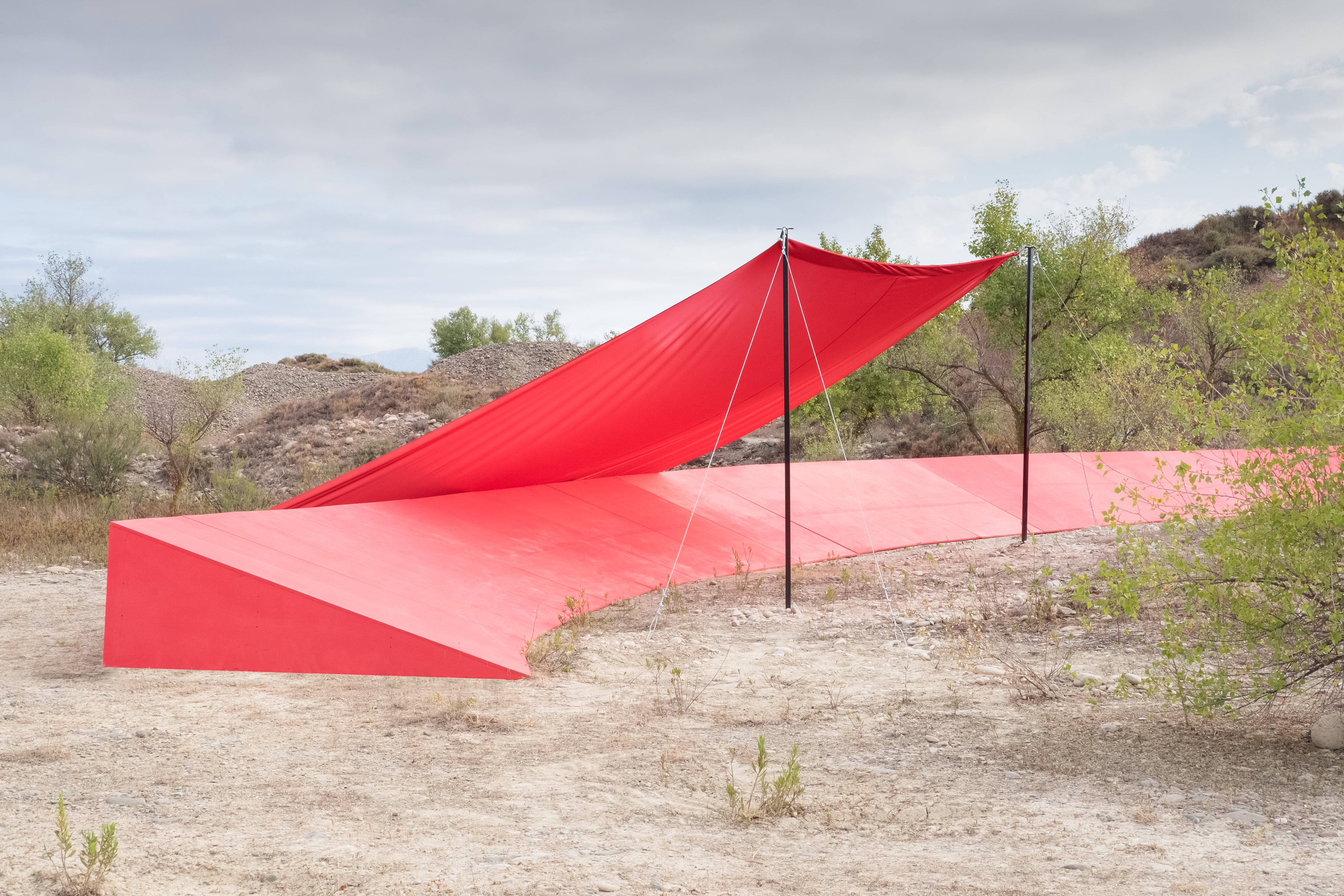
Stepping back, observing and re-setting patterns.
A brand new Horst Expo is set to unravel in the bewildering Asiat Park, titled ‘To Have or To Hold’. It entails site-specific commissions that tap into today’s reality and the future potential of the site. With some of the works that are designed to complement Asiat for a longer period, the expo surpasses the temporality of the exhibition-format.
{{images-1}}
‘To Have or To Hold’ presents work of eight visual artists and collectives:
Afrah Shafiq
Every Island & Flore Fockedey
Luca Vanello
Maëlle Dufour
Piovenefabi
Rachel Daniëls
Sheila Hicks
Stand van Zaken & Serban Ionescu
Explore our renewed Expo webpage for everything you need to know about our 2024 arts programme.
-67.jpg)



-139.jpg)

%20-%20ILLIAS%20TEIRLINCK%20-%20011%20(1).jpg)



